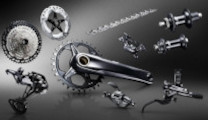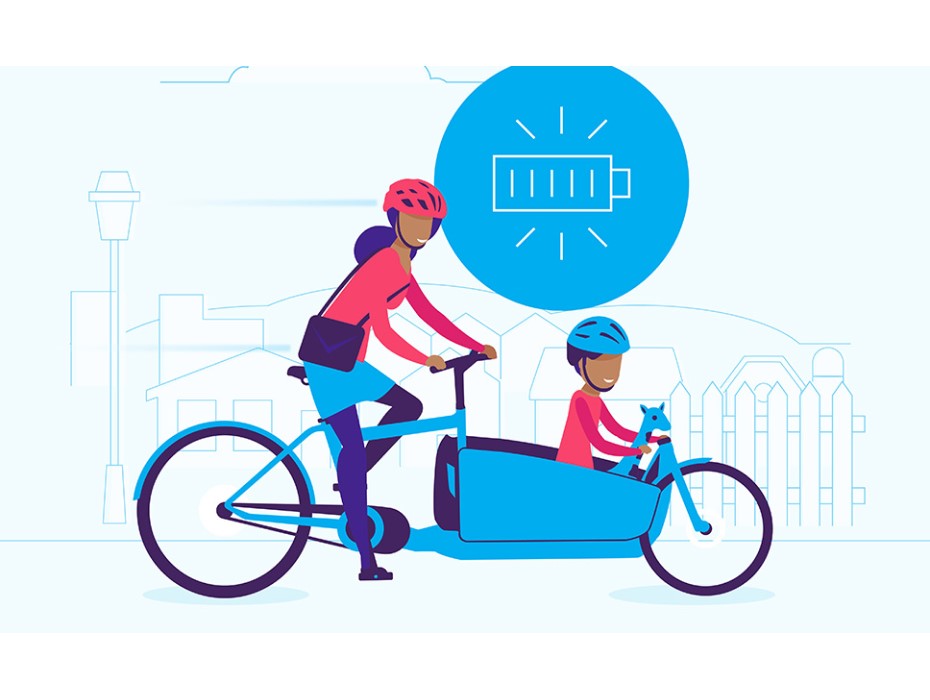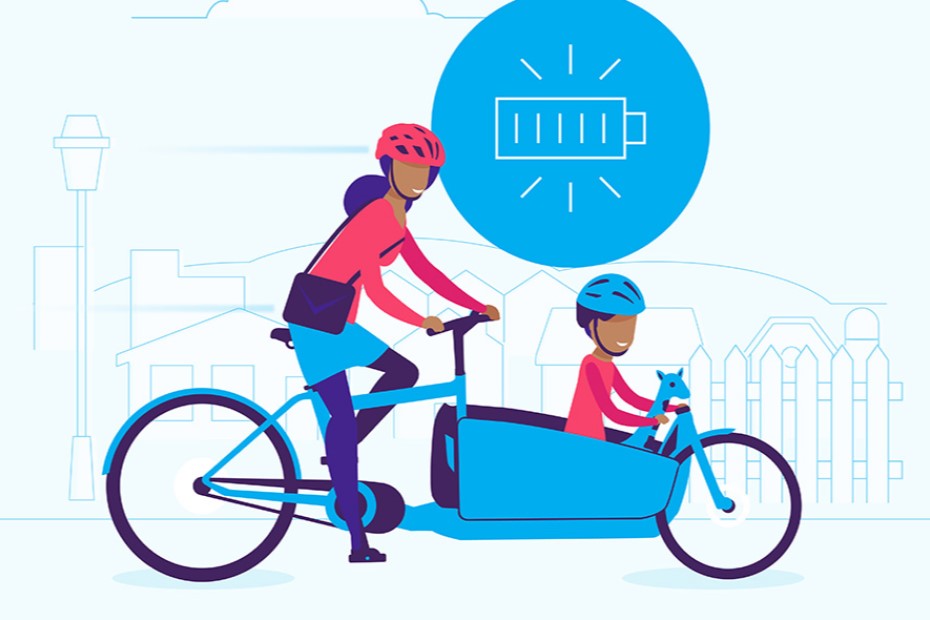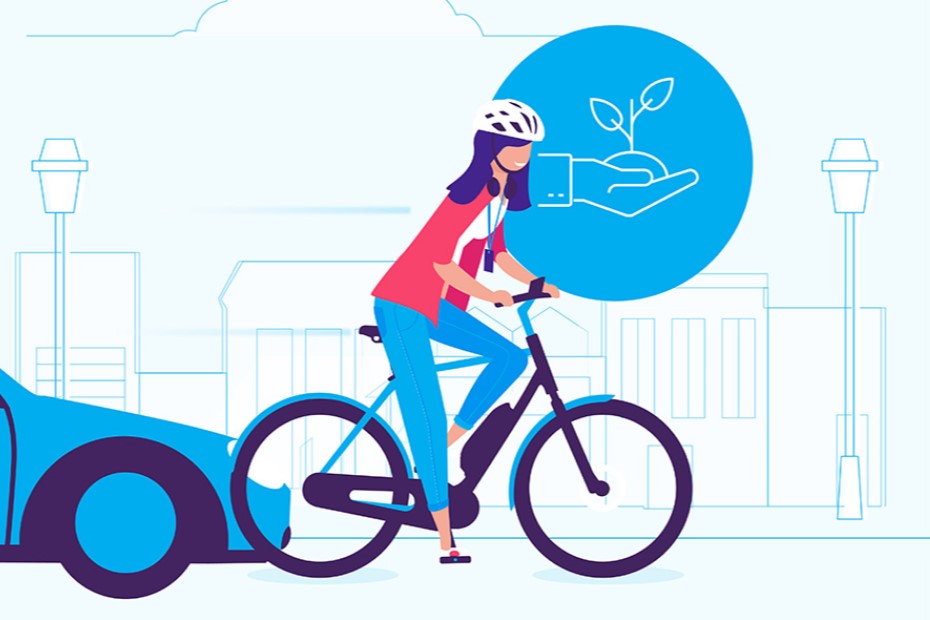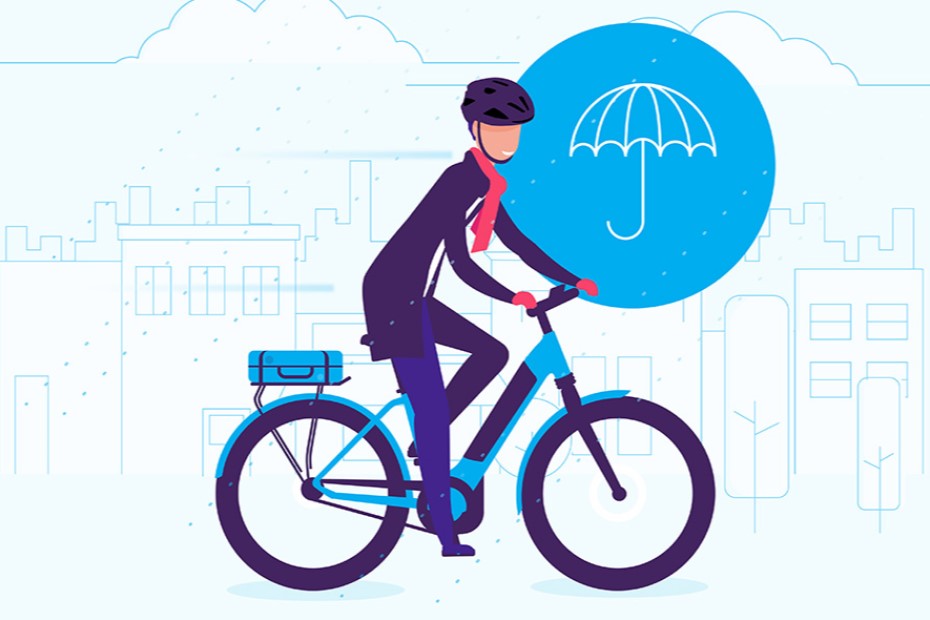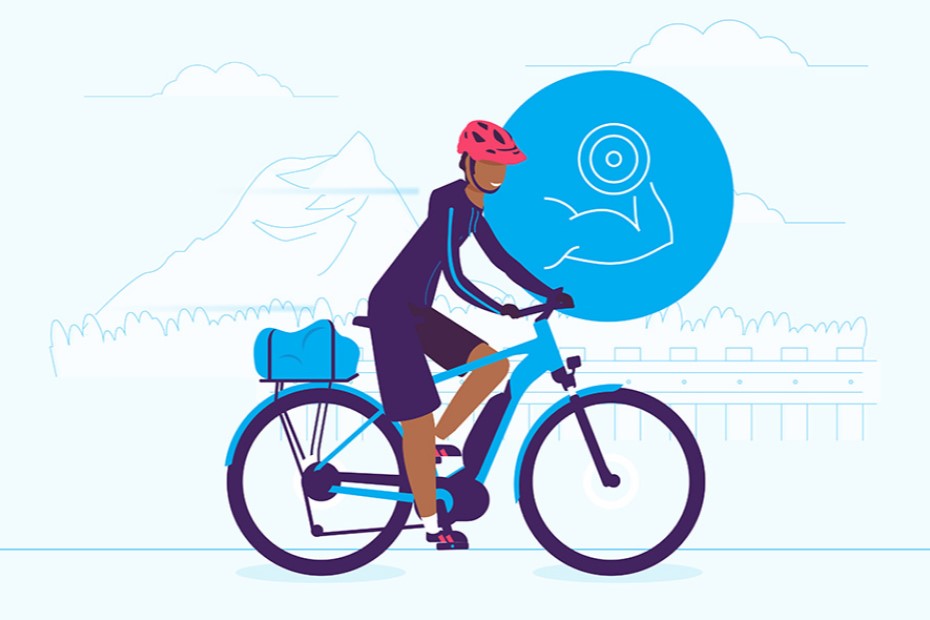This is the most touted of all e-bike myths, that e-cycling is cheating. It is also the one with most evidence to refute it! Professor Chris Oliver, who has a specialist interest in physical activity and cycling, sums it up, “e-bikes have a role to play in improving physical and mental health. There is a perception that e-bikes are cheating, but it has been shown that exercise on an e-bike is comparable to normal cycling.” E-bikers ride further and more often than those using conventional bikes. E-bikes make longer journeys more accessible and because an e-bike is less tiring people are happy to ride them every day. Prof. Oliver goes on to say, “Significantly, e-bike cycling reduces the risk factors for a number of diseases, including cardiovascular disease, respiratory disease, some cancers, and Type II diabetes. I think people across Europe are now beginning to really appreciate that e-bike cycling also has positive effects on mental health and general wellbeing.”




